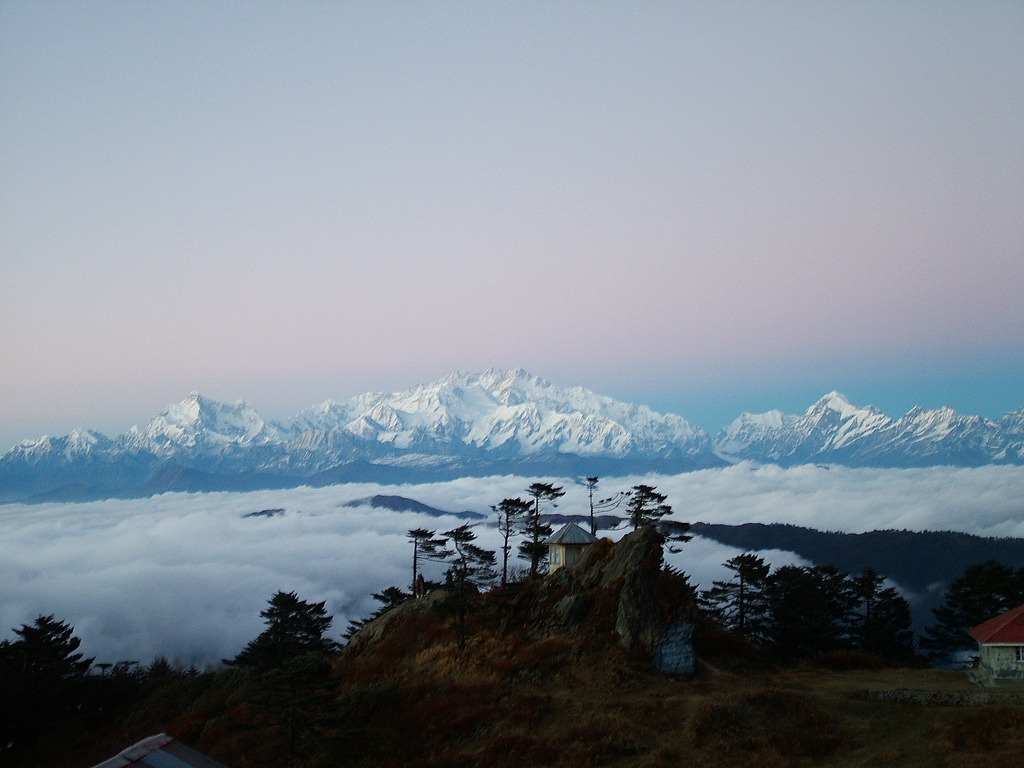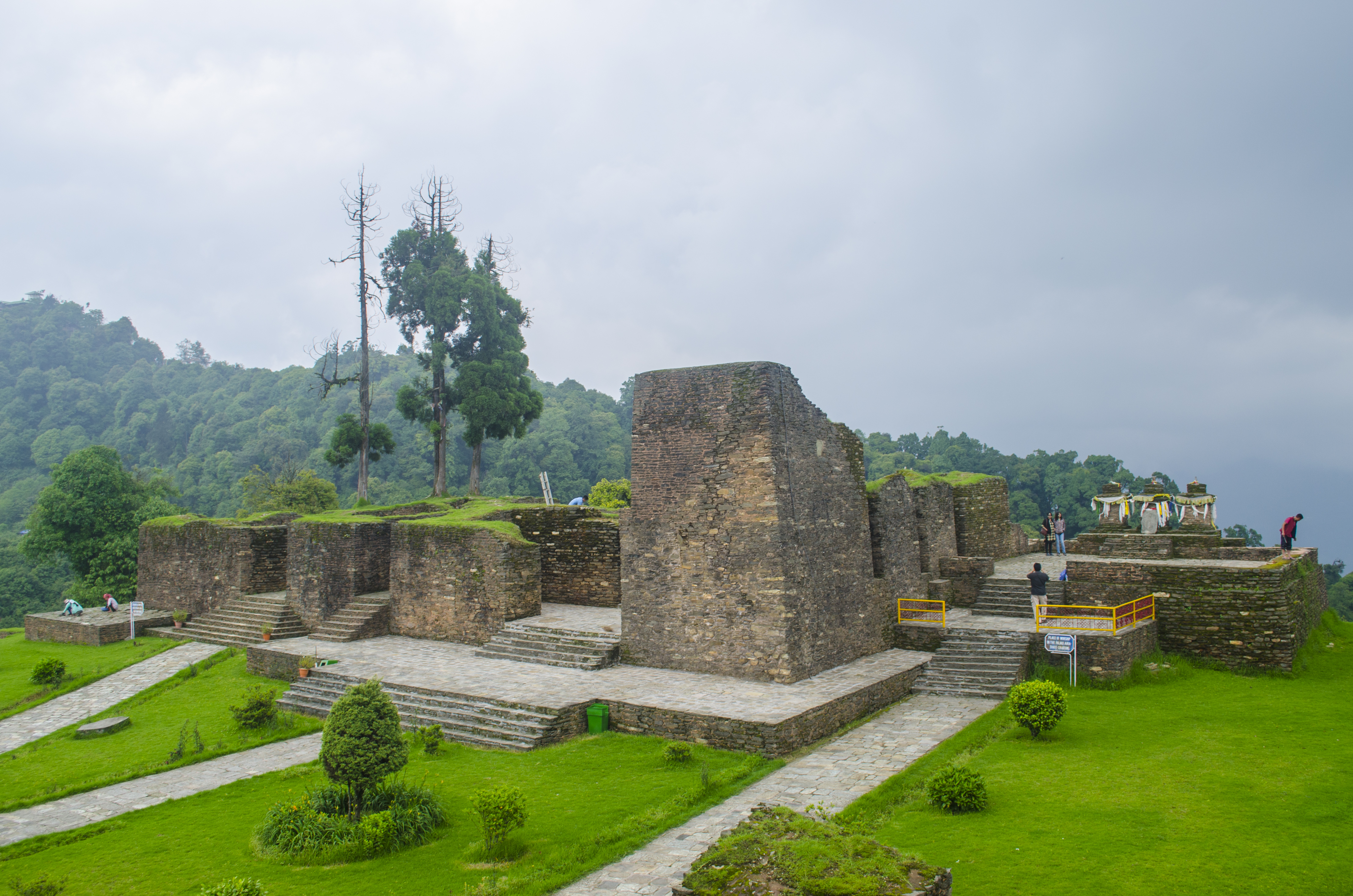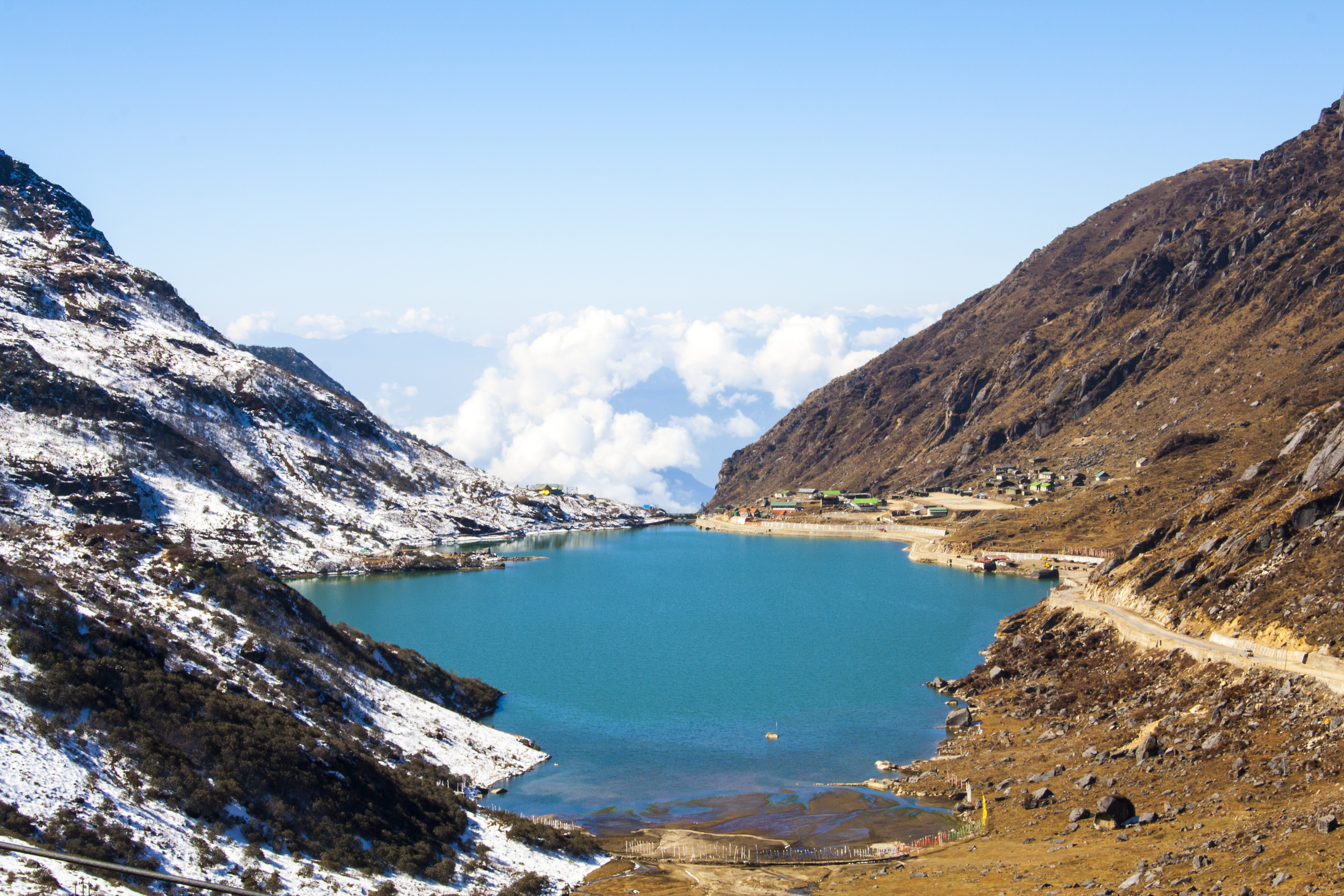Sandakphu represents a remarkable intersection of natural beauty and cultural heritage nestled in the Singalila National Park along the West Bengal-Nepal border. This high-altitude destination offers trekkers an extraordinary journey through diverse terrains, rich biodiversity, and profound cultural landscapes that narrate complex stories of human interaction with the Himalayan wilderness.
The trek's geographical positioning provides an unparalleled vantage point for observing some of the world's most magnificent mountain ranges, including the iconic Kanchenjunga, often referred to as the Sleeping Buddha. Trekkers traverse through dense rhododendron forests, alpine meadows, and rocky paths that challenge physical endurance while rewarding adventurers with breathtaking panoramic views of multiple Himalayan peaks including Everest, Lhotse, and Makalu.
Ecologically, Singalila National Park represents a critical conservation zone harboring unique high-altitude flora and fauna. The region's ecosystem supports diverse wildlife, including the elusive red panda, providing researchers and nature enthusiasts an opportunity to witness delicate mountain biodiversity. The forest's composition changes dramatically with elevation, transitioning from lush rhododendron forests to sparse alpine vegetation, creating a microcosm of ecological transformation.
Cultural complexities define the Sandakphu experience, where Tibetan Buddhist influences intertwine with local Lepcha and Sherpa traditions. The trek passes through remote villages where traditional lifestyles remain largely unchanged, offering glimpses into centuries-old mountain community practices. Monasteries and stupas dot the landscape, serving as spiritual waypoints that connect contemporary trekkers with ancient mountainous cultural narratives.
Seasonal variations dramatically transform the trekking experience. Spring months from March to May showcase vibrant rhododendron blooms painting the landscape in spectacular colors, while autumn provides crystal-clear mountain views. Winter presents a challenging yet mesmerizing snow-covered terrain that attracts adventurous trekkers seeking a more demanding expedition through pristine white landscapes.
The historical context of Sandakphu is deeply rooted in colonial exploration, with British botanists and explorers first documenting the region's natural splendors during the 19th century. These early expeditions not only mapped the geographical terrain but also initiated global recognition of this remarkable Himalayan landscape, gradually transforming it from a remote wilderness to a renowned trekking destination.
Sustainable tourism has become increasingly important in preserving Sandakphu's delicate ecosystem and cultural integrity. Local communities have developed responsible tourism models that balance economic opportunities with environmental conservation. Homestays, local guides, and community-driven initiatives ensure that tourism benefits local populations while maintaining the region's ecological and cultural authenticity.
Modern trekking infrastructure has evolved to support diverse traveler experiences while minimizing environmental impact. Well-defined trails, basic accommodation facilities, and increasing awareness about responsible mountain travel have transformed Sandakphu from a challenging expedition into an accessible yet profound mountain journey that connects humans with one of the world's most spectacular natural environments.








